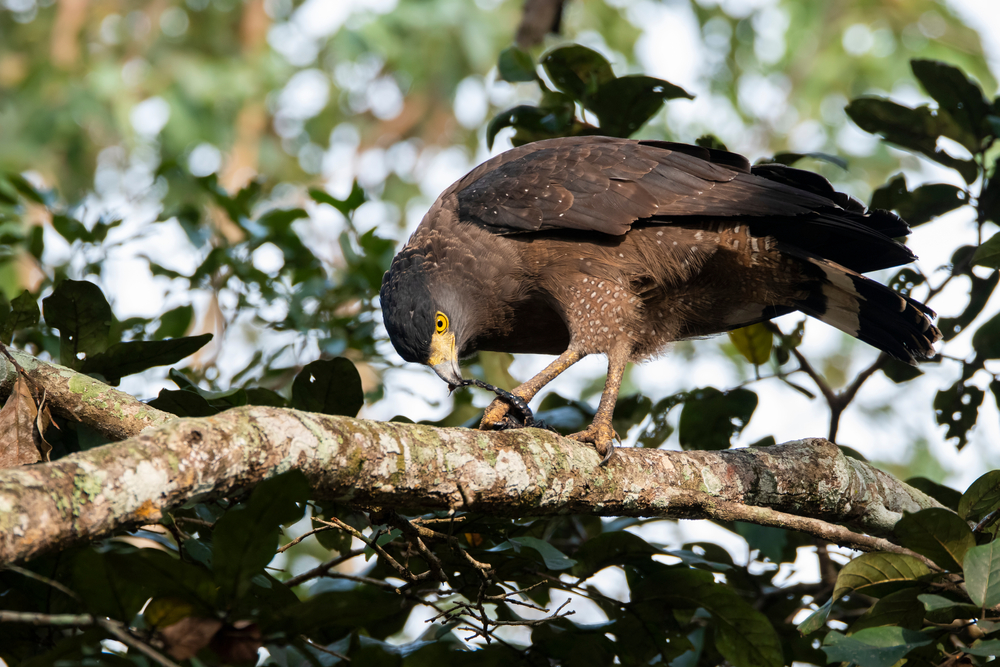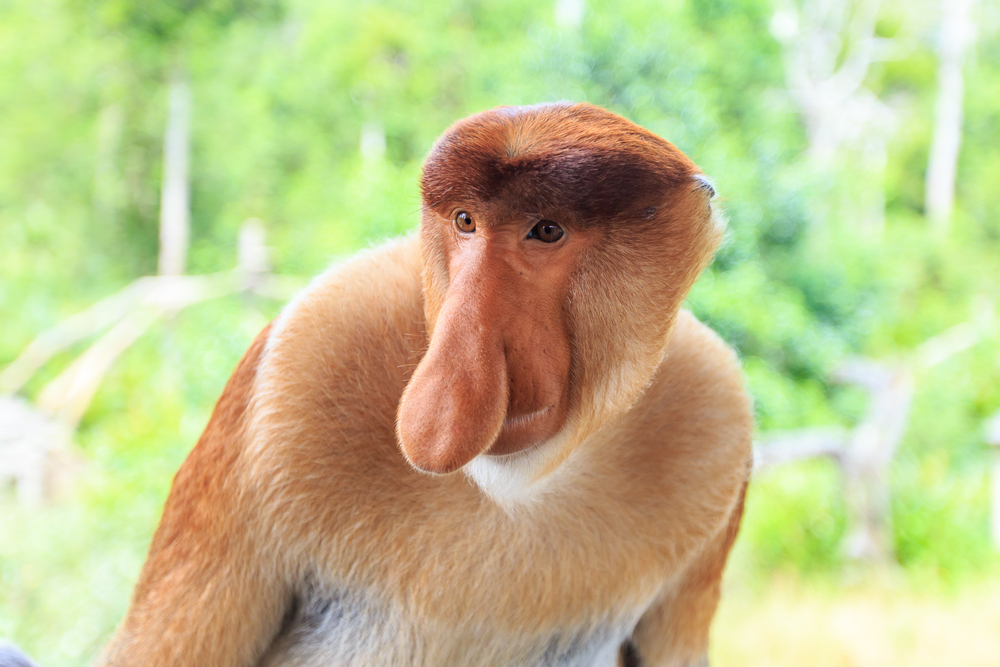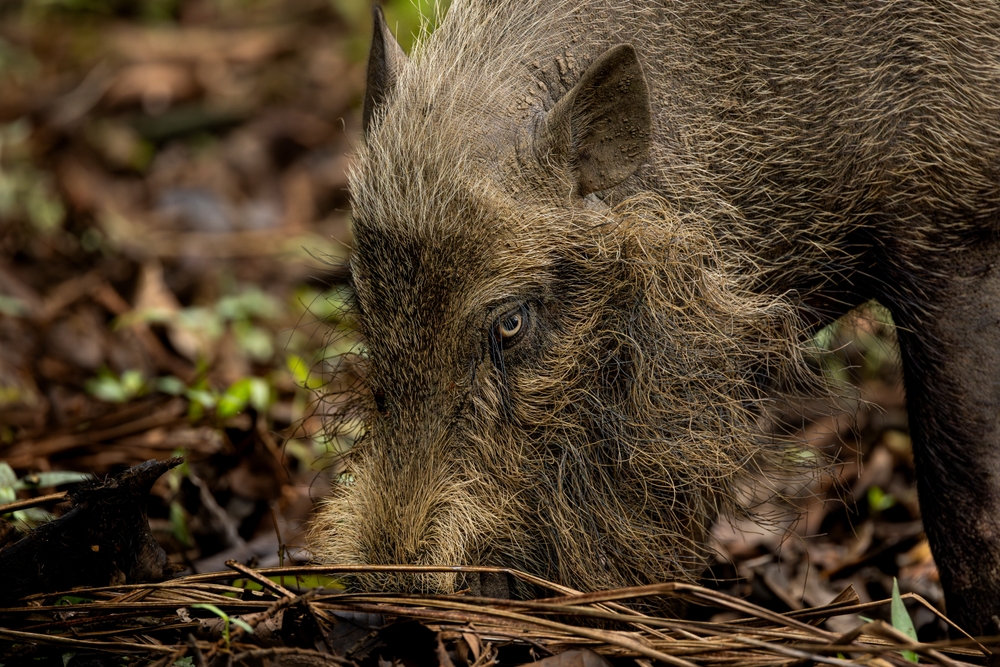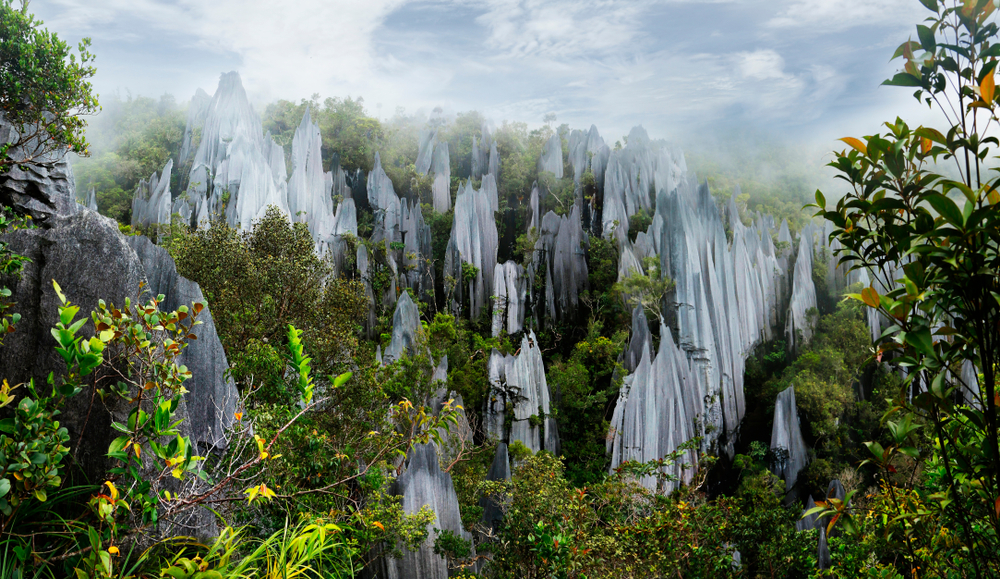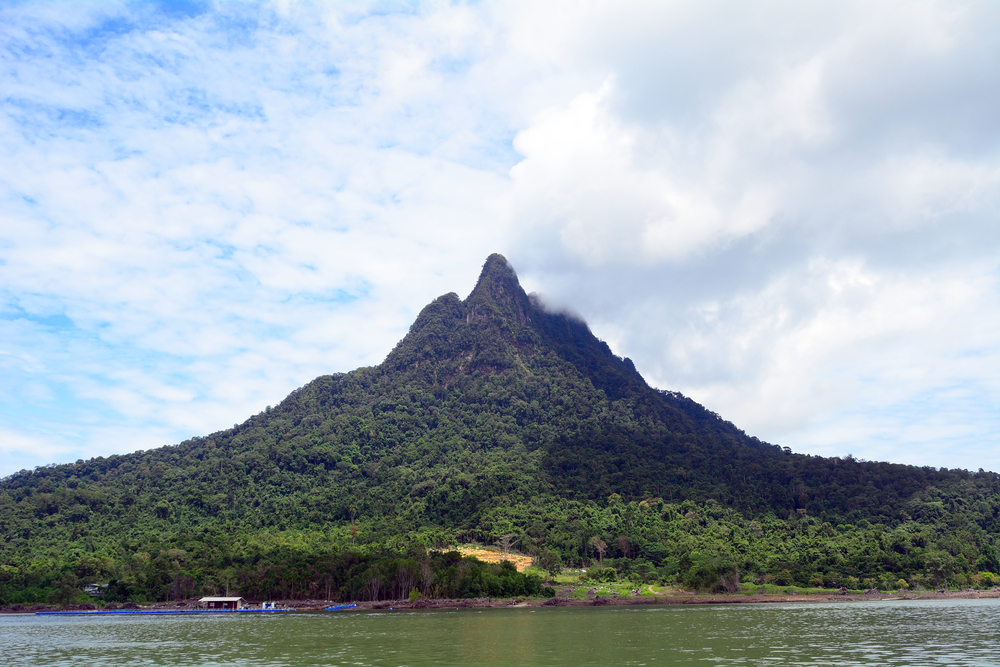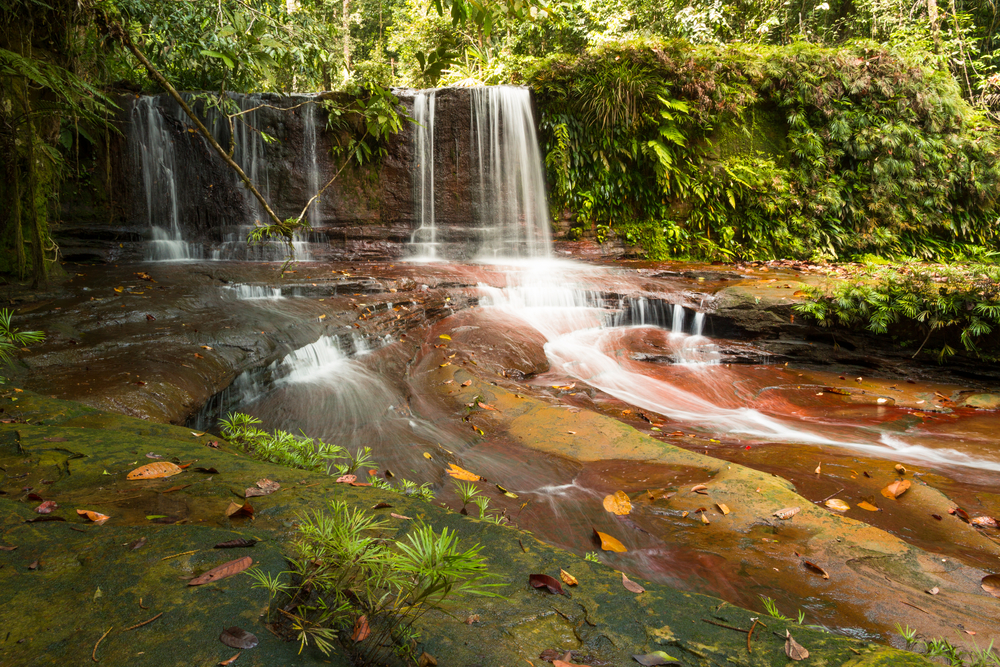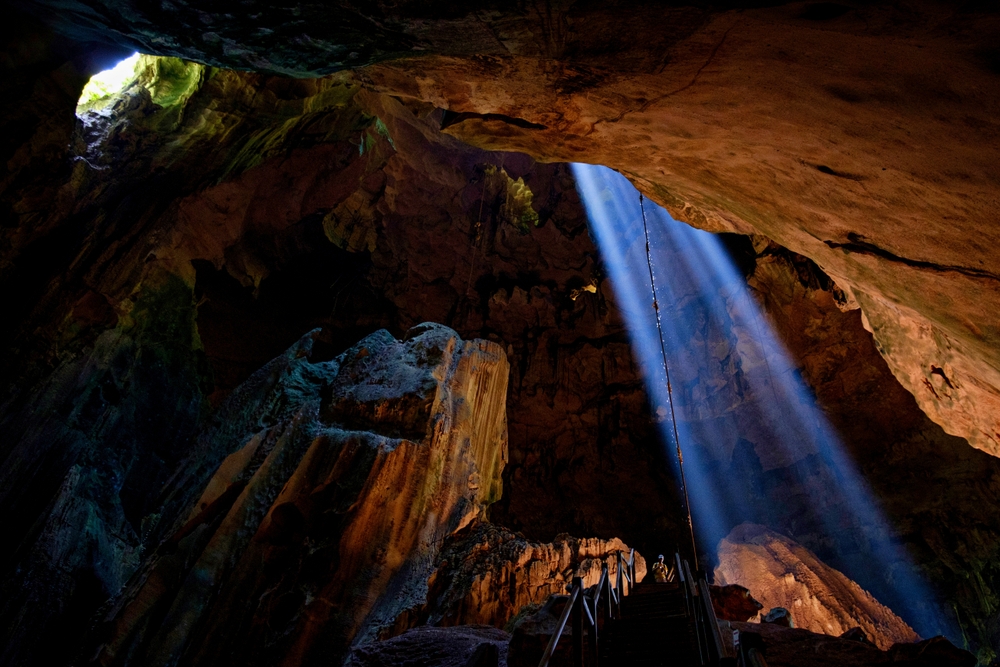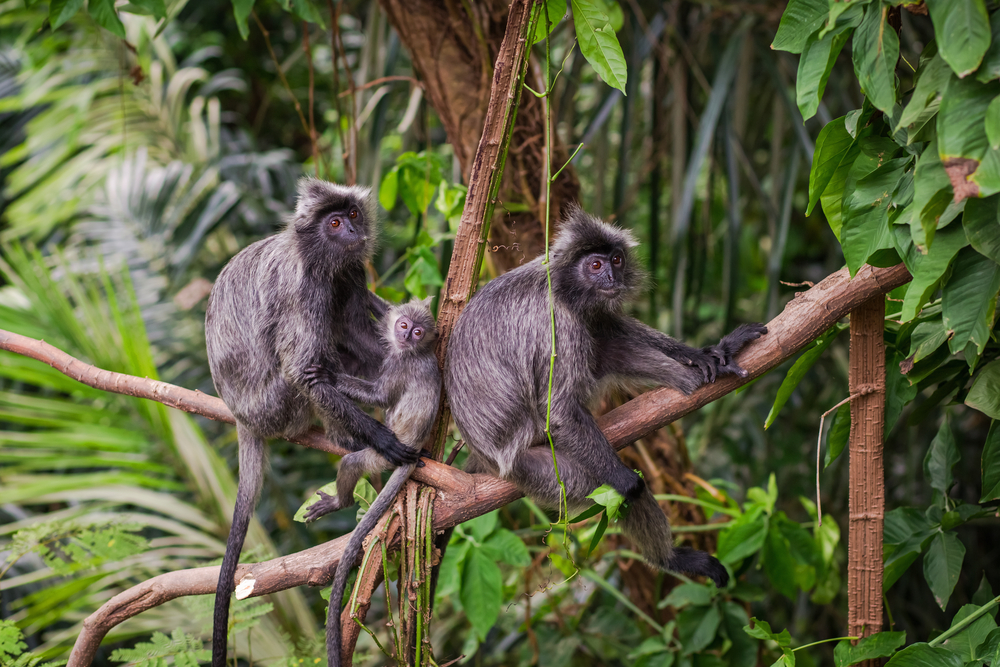Sungai Meluang Overview
Sungai Meluang National Park, located in Malaysia’s Sarawak region on the island of Borneo, is a relatively lesser-known yet enchanting destination that showcases the natural splendor and biodiversity of this tropical nation. Covering an approximate area of 180 square miles (466 square kilometers), the park is named after the Sungai Meluang River, which flows gracefully through its verdant landscapes.
Situated near the town of Kapit, it offers a unique mix of pristine rainforest, rugged terrain, and cultural heritage, making it a treasure trove for nature lovers and adventurers. The terrain of Sungai Meluang National Park is a vibrant mosaic of lush tropical rainforest, meandering rivers, and dramatic limestone formations. Towering dipterocarp trees dominate the landscape, creating a dense canopy that houses a thriving ecosystem.
The park’s rivers and tributaries, including the Sungai Meluang, create tranquil pools, small waterfalls, and rippling rapids, offering picturesque scenes at every turn. The limestone hills and caves scattered throughout the park add an element of intrigue, often housing bats and swifts, as well as remnants of ancient cultural sites. Seasonal wetlands and peat swamp forests contribute to the diversity of habitats within the park.
Wildlife enthusiasts will find Sungai Meluang National Park a paradise teeming with remarkable species. It is home to Bornean gibbons, slow lorises, and the endangered Bornean clouded leopard, one of the rarest predators in the region. Birdwatchers are drawn to the park for its rich avian diversity, including rhinoceros hornbills, crested serpent eagles, and a myriad of colorful kingfishers.
The park also shelters various reptiles, amphibians, and countless insect species, many of which are endemic to Borneo’s unique ecosystems. The interplay of diverse habitats ensures visitors a chance to encounter fascinating wildlife at every turn.
Visitors to Sungai Meluang National Park can immerse themselves in its natural beauty through a variety of activities. Well-maintained trails lead trekkers deep into the rainforest, providing opportunities to witness the park’s flora and fauna up close. The Sungai Meluang River offers kayaking and river cruising adventures, allowing a peaceful exploration of the waterways.
The limestone caves, some adorned with ancient drawings and artifacts, attract those interested in the region’s historical and cultural heritage. Guided tours by local experts are a popular choice for learning about the park’s ecology and traditions.
Despite its natural beauty, Sungai Meluang National Park faces conservation challenges such as deforestation and illegal hunting. However, ongoing efforts by government agencies, local communities, and environmental organizations are working to safeguard this vital ecosystem. Programs promoting sustainable tourism, environmental education, and habitat restoration have been instrumental in preserving the park’s biodiversity while empowering the surrounding communities.
Sungai Meluang National Park is an embodiment of Malaysia’s natural and cultural richness. Its serene landscapes, diverse wildlife, and opportunities for adventure make it a must-visit destination for those seeking an authentic connection to Borneo’s extraordinary wilderness.








































































